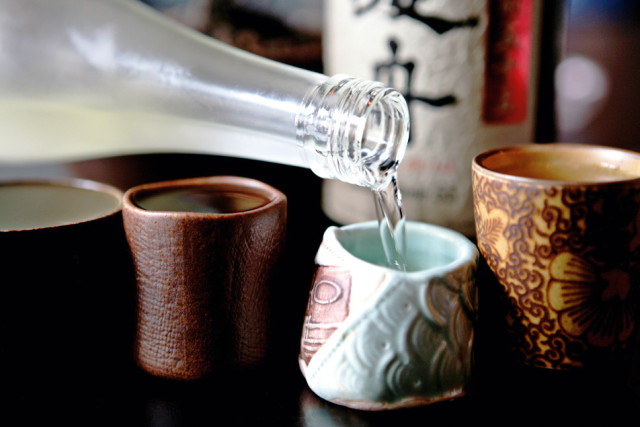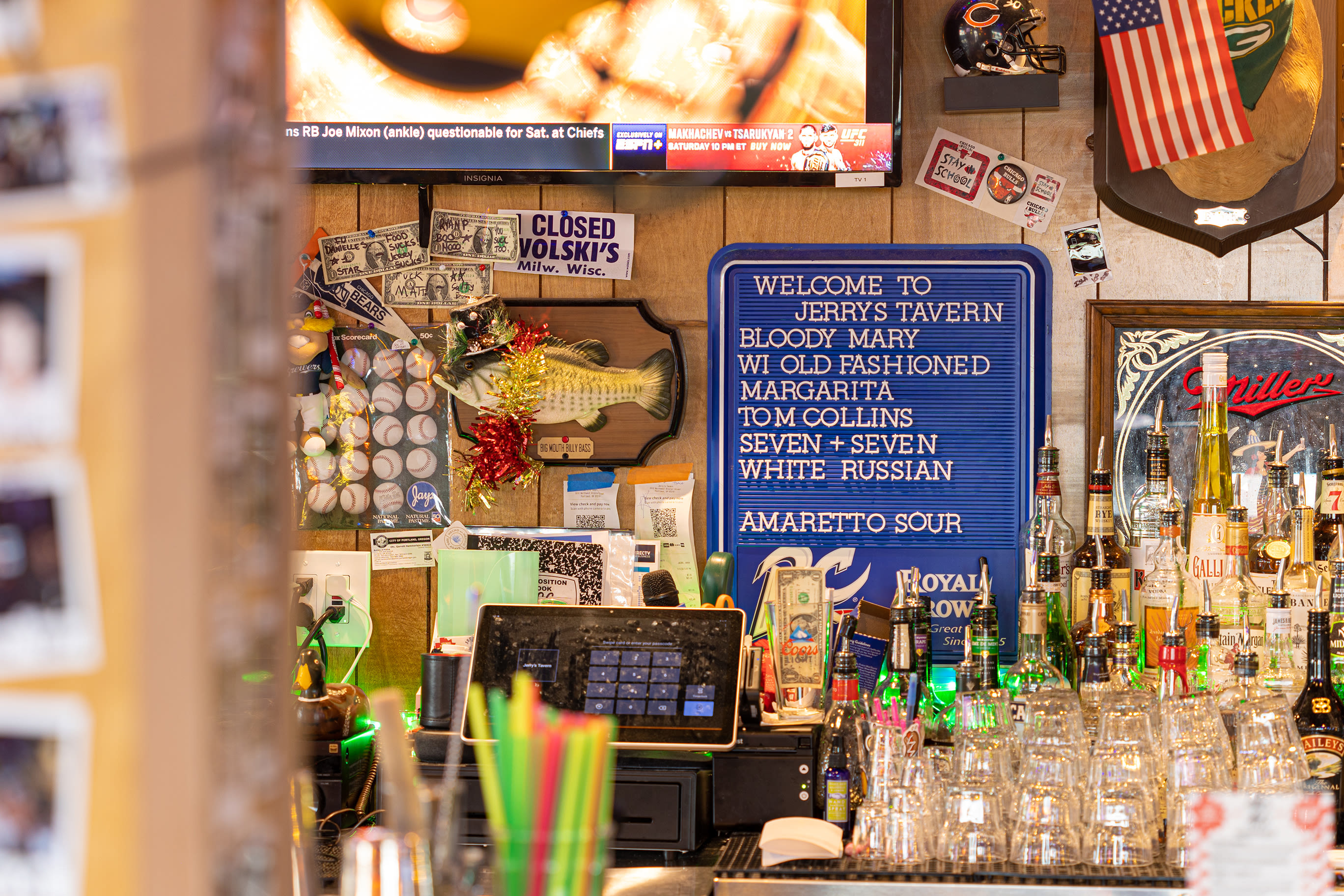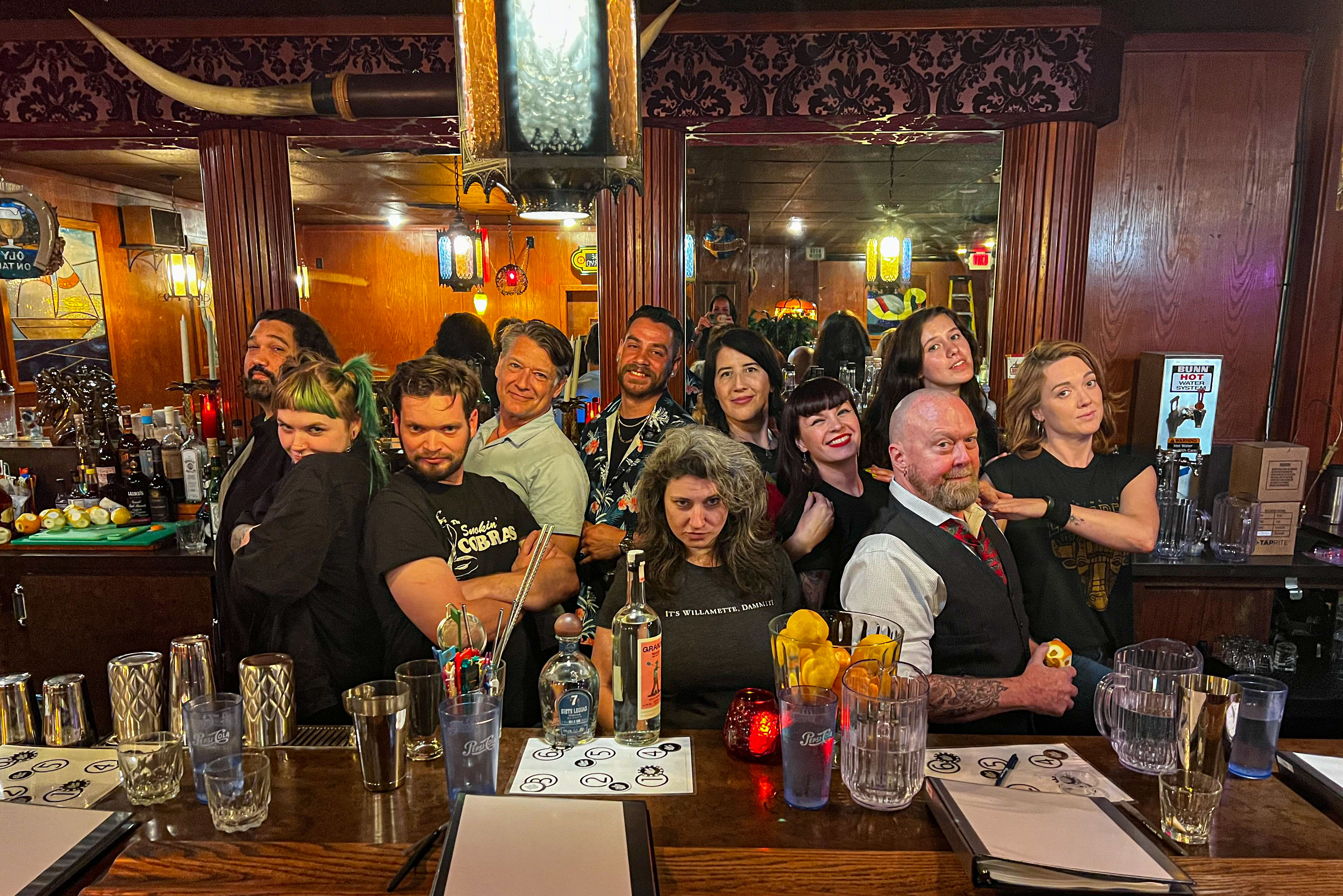Strong Sake

Up until recently sake was, for many Portlanders, little more than a rough-tasting house beverage imbibed alongside cheap California rolls. In the past year or so, however, the image of the ancient Japanese beverage has undergone a surprising makeover hereabouts. One of the country’s largest sake makers, SakéOne, is located in nearby Forest Grove; Lucy Brennan of Mint/820 has led a host of local mixologists in serving sake cocktails. And in May, Zilla Sake House, our city’s first sake bar, opened in a tiny storefront on NE Alberta St.
Wishing to expand my own somewhat limited sake horizons, I ventured into Zilla (short for Godzilla) recently. After I took my place at the long, dark bar, the bartender, Jeff Joslin, lined up four little ceramic cups in front of me, each filled with a different sake. Sipping the first cool, clear liquid, its flavor went from dry to slightly fruity (with a hint of peach and strawberry) to earthy and complex.
“That’s the Katchou Gesseki, which means ‘morning flowers, evening moon’ in Japanese,” Joslin tells me. The names given to sakes, I learn, are often quite poetic and based on the brewer’s whim, much the way our local microbrews are named. (Shakespeare Stout, anyone?)
In fact, as I’m swept away by hints of champagne and cherries in the Chikurin Karoyaka (which translates to “lightness”), Joslin explains that, despite being known as “rice wine,” sake is actually brewed more like beer, using rice, water and a fermenting enzyme called koji . It’s not aged like wine either—indeed, it’s best consumed within a year of being produced.
Continuing to sample, I peruse Zilla’s sake menu. Despite its daunting length—owners Allison Lowe and Blaine Cline have collected 41 different brands in all, including some from Japanese breweries that date back as far as 1141 AD—it’s easy to navigate, owing to the fact that the majority of their sakes carry four basic labels: Daiginjo, Ginjo, Junmai or Futsu. Daiginjo sakes, generally light and fragrant, have been produced with the highest “polish” of rice, while Futsu, on the other end of the spectrum, constitutes the equivalent of table wine. These labels, along with the Sake Meter Value (SMV), which determines how dry or sweet a sake is (+5 SMV is very dry; -20 SMV is sweet), make it fairly simple to find a variety that’s right for you.
After sampling 10 more nuanced sakes, I make a move to leave. But then Joslin offers me one more sample, this time of the Watari Bune. With a name that translates to “ferryboat,” how could I refuse a ride?




